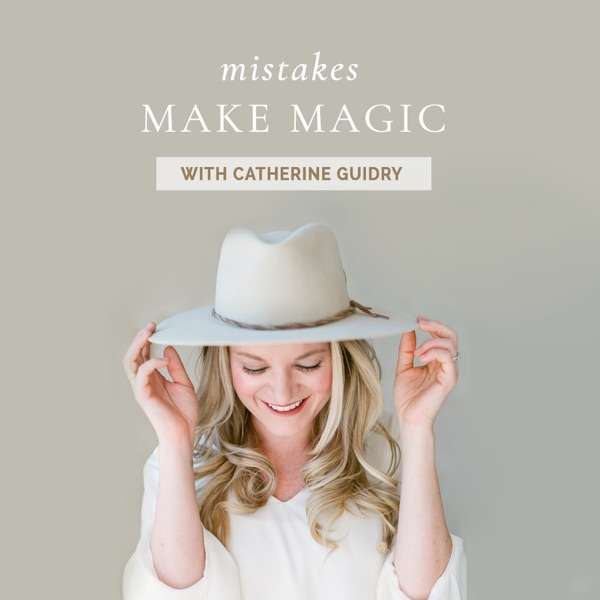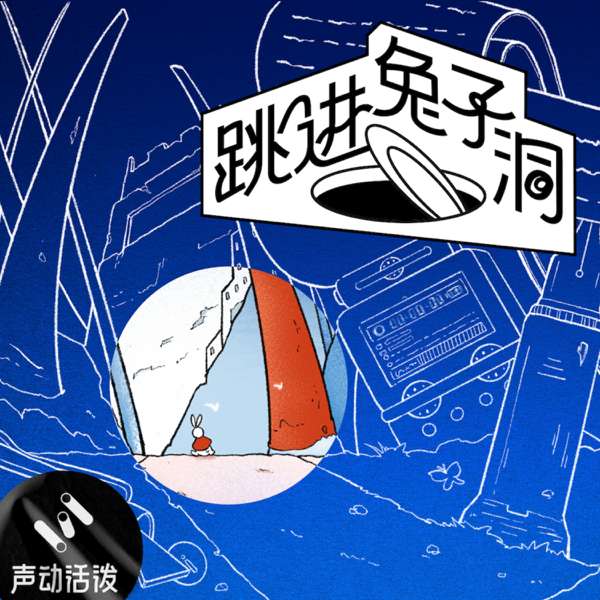Tina Modotti was born Assunta Adelaide Luigia Modotti Mondini in 1896. At the age of 16, she moved from her native Italy to the United States with her father. Modotti soon developed an interest in performing arts and appeared in several plays, operas and silent movies while living in San Francisco. Five years later, she moved to Los Angeles to pursue a career in film. Modotti became known for playing the femme fatale and in 1920 landed the staring role in The Tiger’s Coat.
Tina showed an interest in photography from an early age. Her uncle Pietro Modotti ran a photography studio in Italy and later her father ran a similar studio in San Fransisco. After moving to Los Angeles with her boyfriend Robo Richey, Tina soon became friends with Edward Weston. Weston became a mentor and inspiration for Modotti’s development as a fine art photographer an by 1921 she was modeling for Weston and the two soon began an affair.
Modotti’s boyfriend, Robo went to Mexico in December of 1921. Unaware of Tina’s affair with Weston, he took a portfolio of Weston’s work hoping to work out an exhibition in Mexico. While Tina was on her way to Mexico to join him, she found that he had died 2 days before her arrival of smallpox. The following year, Tina mounted a two week exhibition of Robo’s and Weston’s work at the National Academy of Fine Arts in Mexico City.
Weston moved to Mexico the following year leaving behind his wife and 3 of 4 children. Tina set up and managed Edward’s studio in return for his mentoring her as a photographer.
Weston was taken by Mexican culture and was inspired by local folk art and landscape. Modotti was more interested in people and the Modernest aesthetic. She soon found a community of cultural and political avant-gardists who she became closely associated with including Frida Kahlo and Diego Rivera.
As her photography skills began to mature, Modotti’s work included lyrical images of peasants and workers and experiments with architectural interiors, flowers and urban landscapes. Mexican photographer Manuel Alvarez Bravo notes 2 distinctions in Modotti’s work being both “romantic” and “revolutionary”. The romantic aspects of her work undoubtedly influenced by Weston and the revolutionary from her growing interest in politics.
In 1926, Weston signed a contract with writer Anita Brenner to photograph her book on Mexican folk art. Modotti and Weston were joined by Edward’s son Brett. The job was quite large requiring over 400 8×10 negatives and prints. Brett was brought up to speed at a breakneck pace and learned how to make prints while traveling through Mexico in search of lesser known native art. The project took months and by the end, Edward’s relationship with Tina was over. At the end of the project, Edward and Brett returned permanently to California.
Modotti continued her works as a photographer and in 1929 did her first one-woman retrospective exhibition at the National Library which was advertised as the “First Revolutionary Photographic Exhibition In Mexico”. By this time, Tina had been a member of the Mexican Communist Party for several years and her work was very politically focused. In 1929, Modotti’s close friend Julio Antonia Mella was assassinated presumably by agents of the Cuban government. Soon there was an assassination attempt on Mexican President Pascual Ortiz Rubio and Modotti was questioned about both crimes. In 1930, she was expelled from Mexico as the result of an anti-communist and anti-imagrant press campaign. Modotti evaded police through Rotterdam, Berlin and Switzerland before making her way back to Italy to join the anti-fascist resistance before proceeding to Moscow in 1931. After this move to Russia no photographs survive and it is presumed that Moditti never photographed again.
During the rise of the Spanish Civil War, Modotti left Moscow for Spain. Following the collapse of the Republican movement, she returned to Mexico under a false identity.
Two years later, Modotti died under somewhat suspicious circumstances though the official autopsy indicated heart failure. She was 46.
ine art photographer an by 1921 she was modeling for Weston and the two soon began an affair.
MoMA Collection :: http://www.moma.org/collection/artist.php?artist_id=4039
Philadelphia Museum of Art Collections :: http://www.philamuseum.org/collections/results.html?searchTxt=modotti&keySearch=+Search+&searchNameID=&searchClassID=&searchOrigin=&searchDeptID=&accessionID=&page=1

 Our TOPPODCAST Picks
Our TOPPODCAST Picks  Stay Connected
Stay Connected







